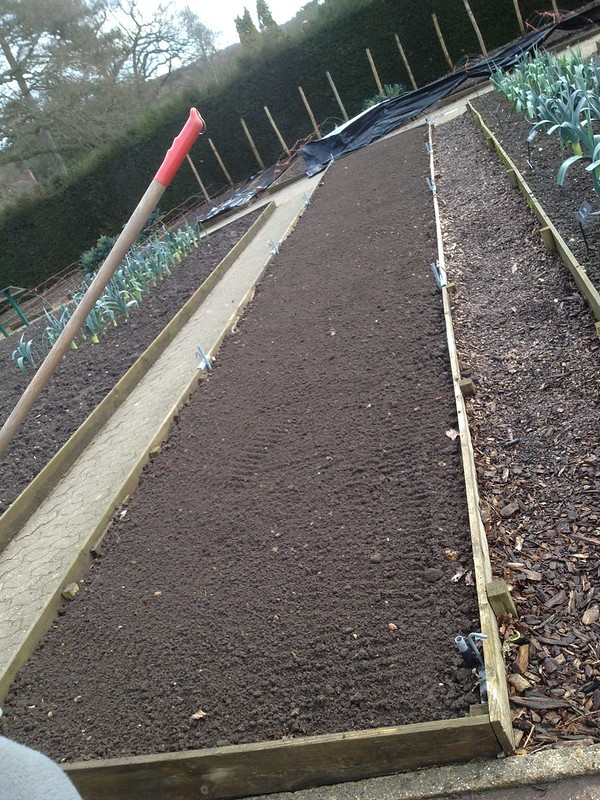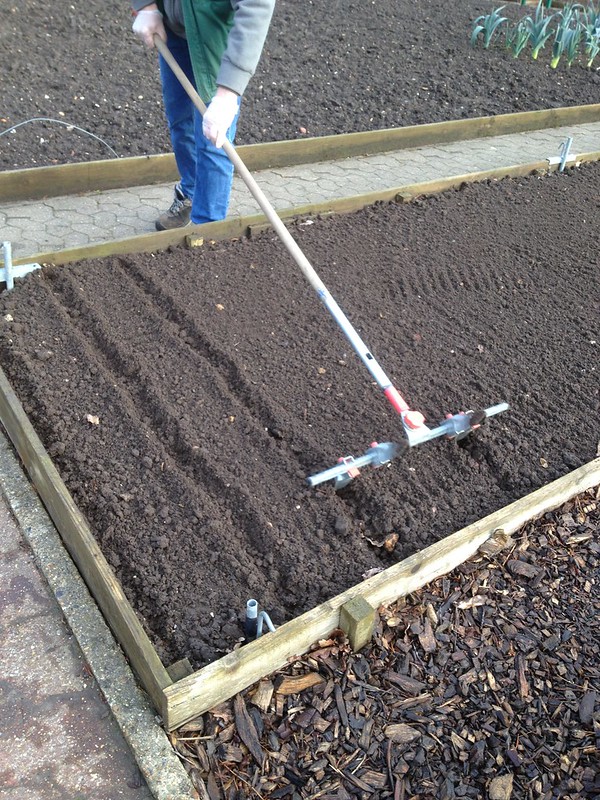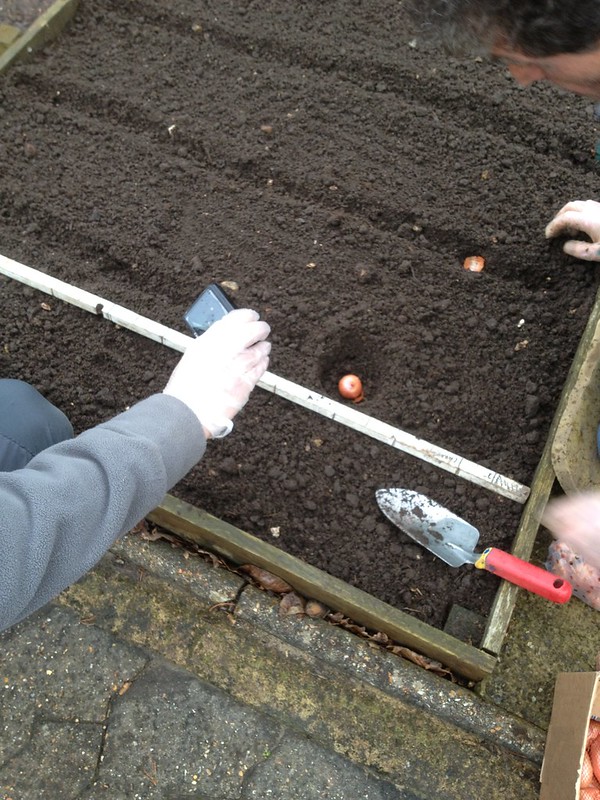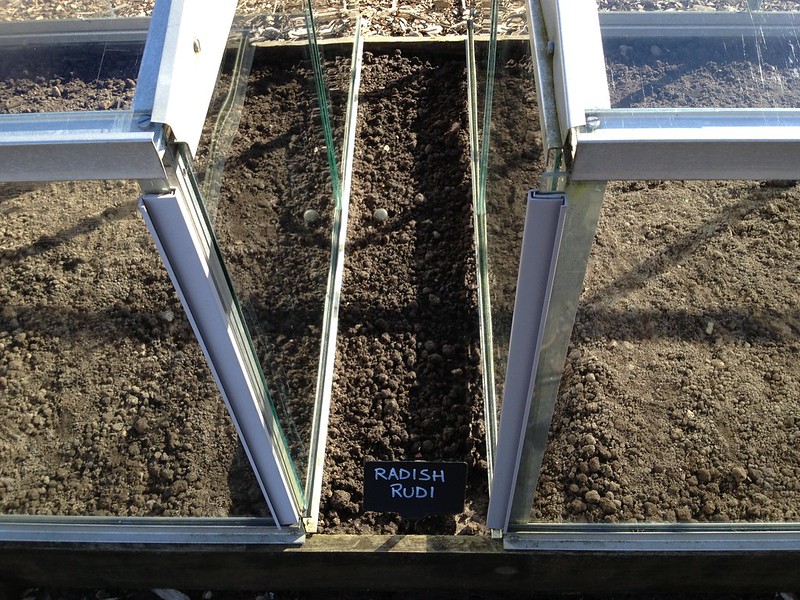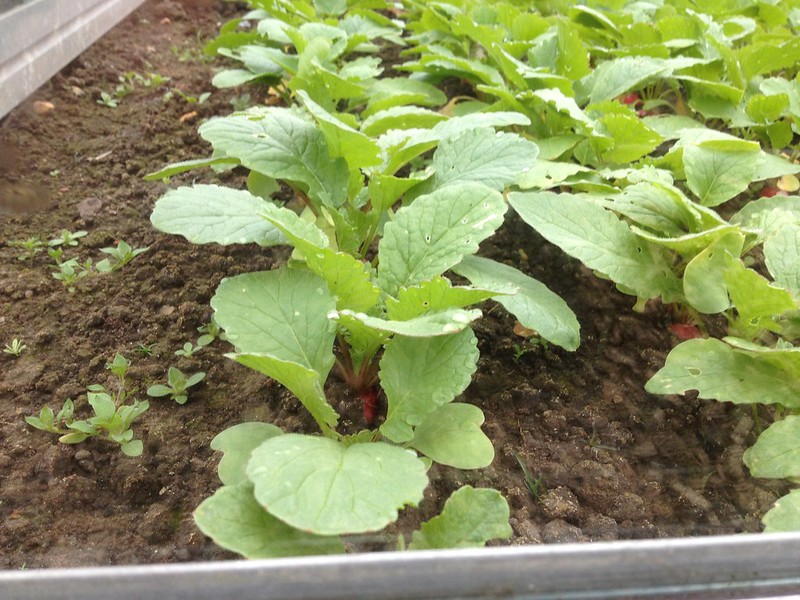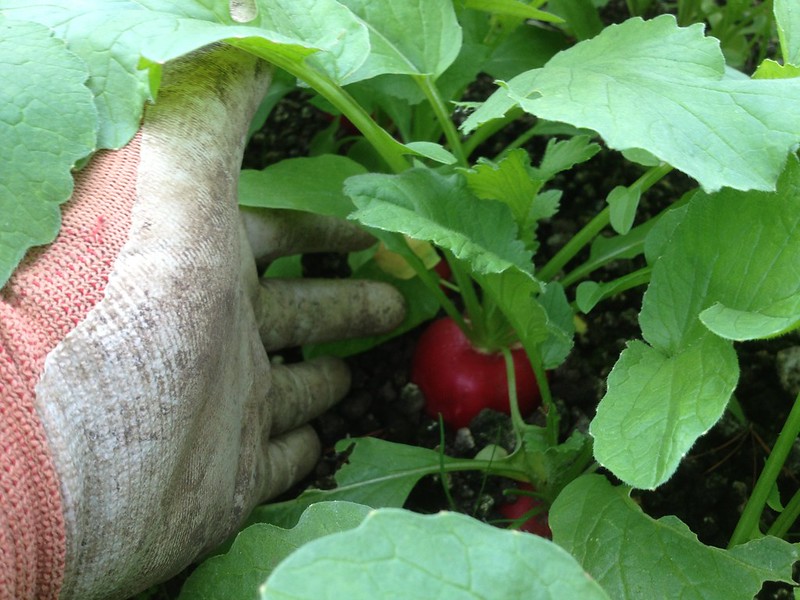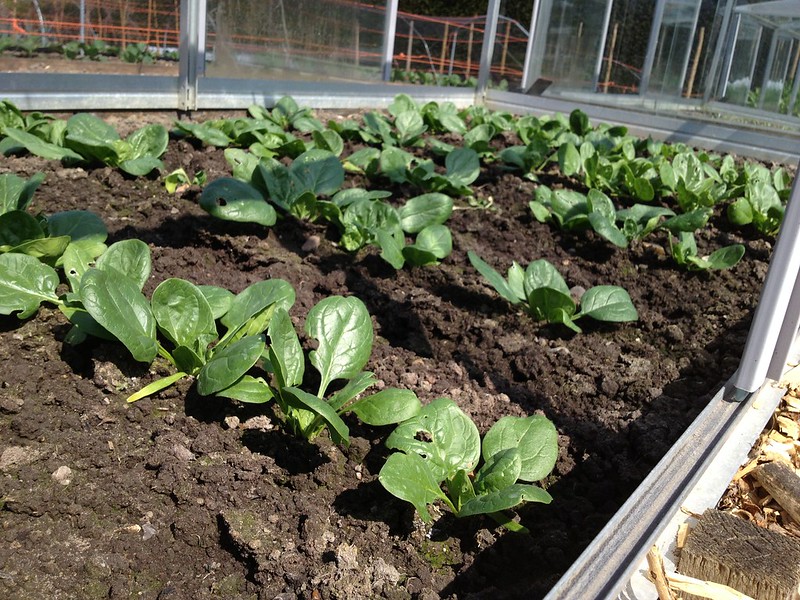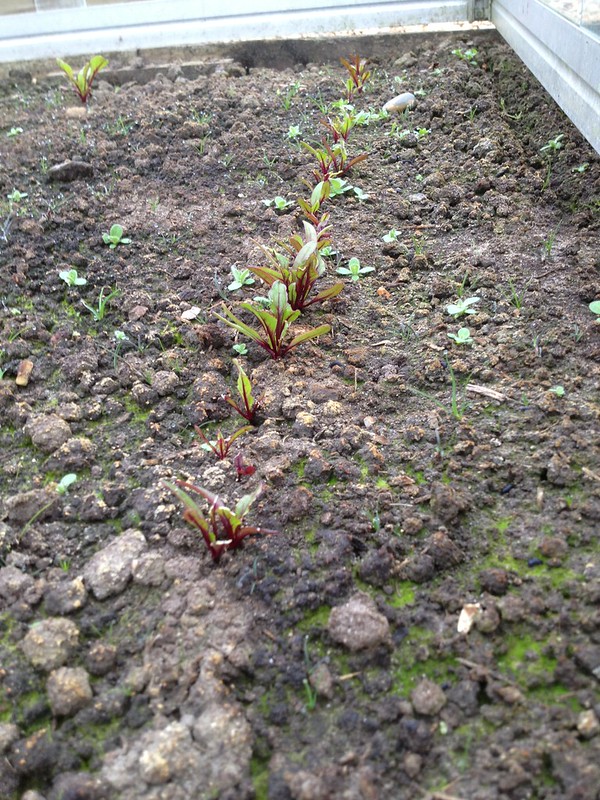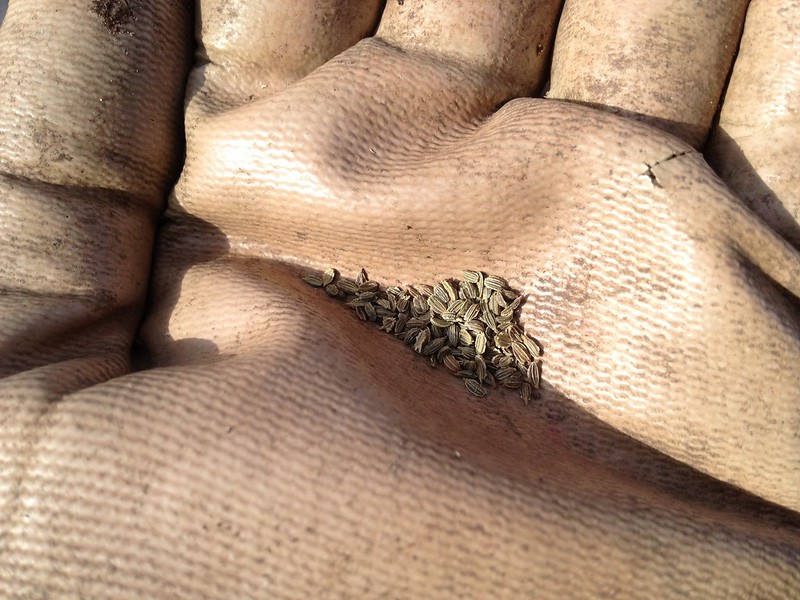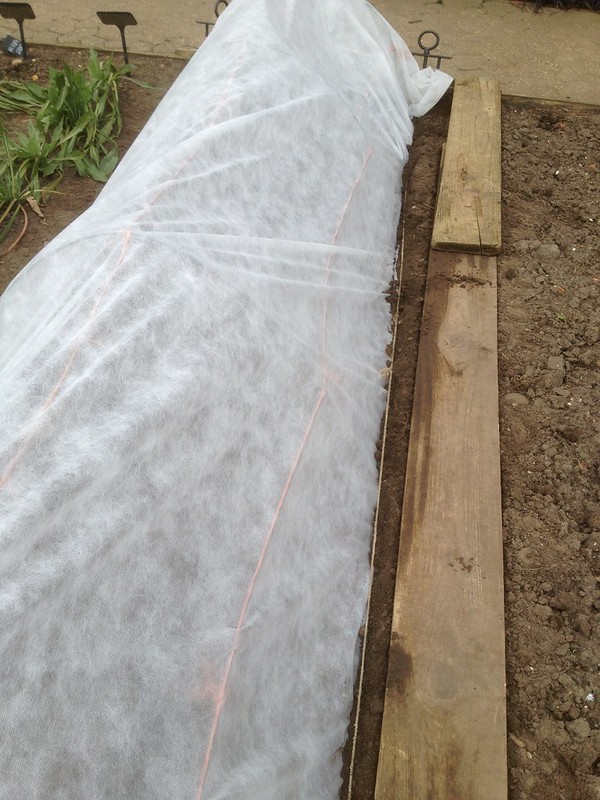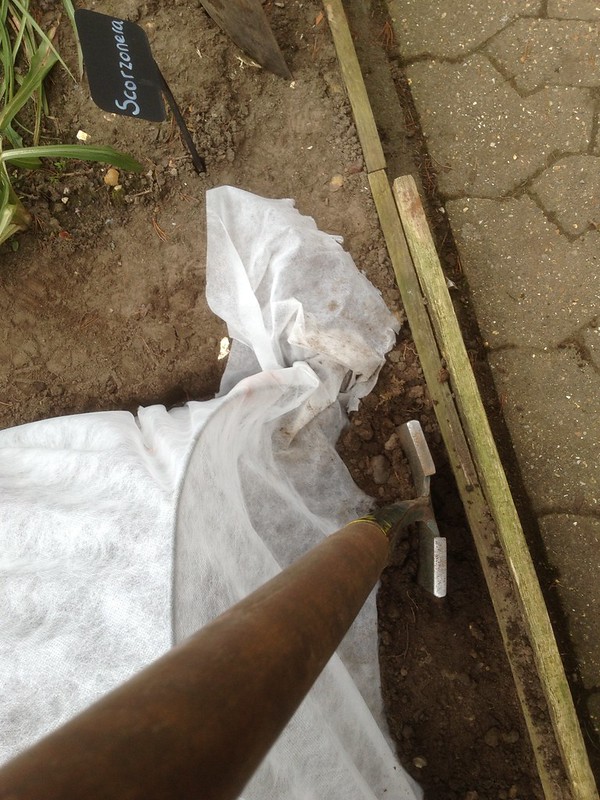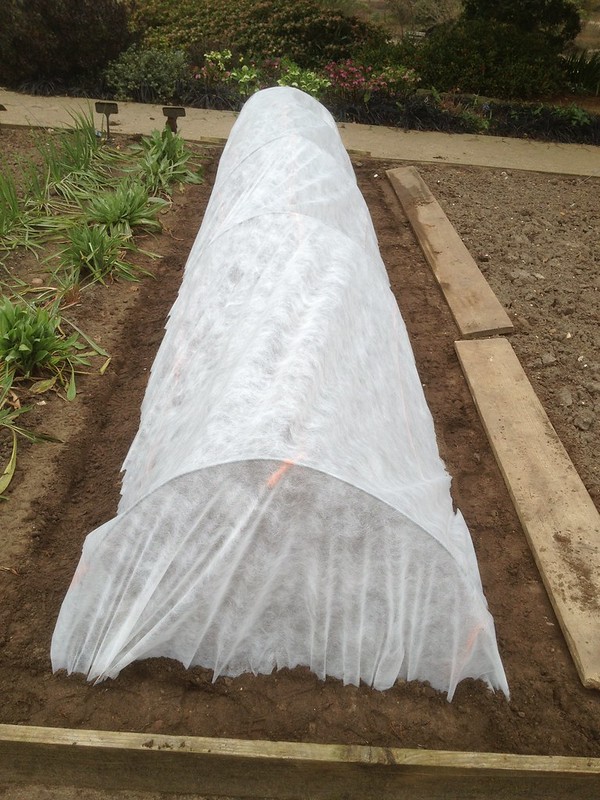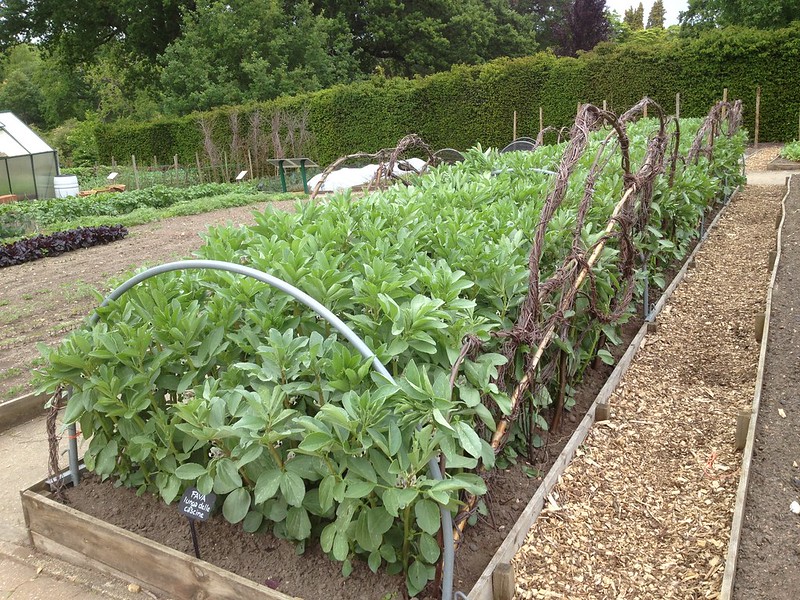I was assigned to assist one of the judging committees for the exhibits in the Great Pavilion: on a tight schedule for two and a half hours, we had to help the judges navigate their way through 17 exhibits, which they were to judge from the perspective of their specific expertise.
The displays are judged based on the brief submitted by the designers, and according to horticultural and design criteria such as:
- plants,
- overall impact;
- endeavour.
The judging process is very confidential as the stakes are high for the participants to such a high-profile show, and the results will not be announced until tomorrow. That is why trainees are asked to make room for the judges around the exhibition so that they can observe thoroughly and are allowed the privacy to and discuss their votes without prying eyes. In the process, we got first hand experience of what it means to judge an exhibit. Once the medals were assigned, a group of us also helped the judges on a further round of judging for the awards. The judges were then going to spend the rest of the day finalising the distribution of medals and awards, while we got time to spend visiting the Show.
While Chelsea is mainly a flower show, there were some fruit, vegetables and herbs exhibits and I was on the committee in charge of evaluating them, which was fascinating!
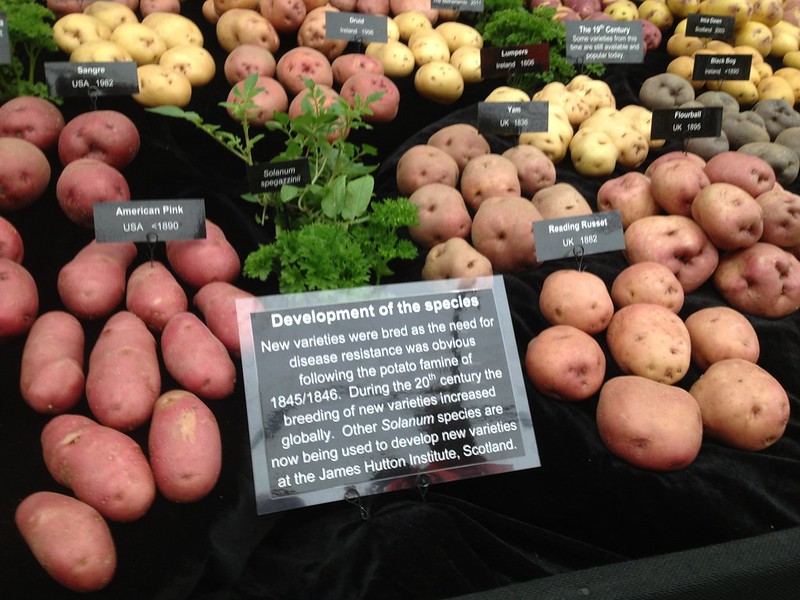 |
| Potatoes at Chelsea! |
My favourite edible exhibit was an educational potato display with some 140 varieties grouped by species: the colours and shapes really stood out, highlighted by the black background. Morrice and Ann Innes designed the display, which was sponsored by seed and plant company Thompson & Morgan.
For some people, the enormous variety of potatoes must be a novelty indeed... it was for me when I was first invited to join a Facebook group of potato breeders and growers called "Kenosha Potato Project" where I've seen the strangest, more colourful and interesting shaped tubers from across the world and learned that "papas" is the original name of these favourite of tubers. They come in such coloured and varied shapes as exemplified below!
The Grenada's ‘Pure Grenada’s Rainforest’exhibit was also rather gorgeous, displaying lush green, bright colours, spices and fruits that are native to the island: one had to recognise that some places on earth are blessed with particularly show-worthy flora, such a Solanum mammosum or titty fruit, which is said to resemble a human nipple on one side and a cow's udder on the other, and pink banana Musa velutina.
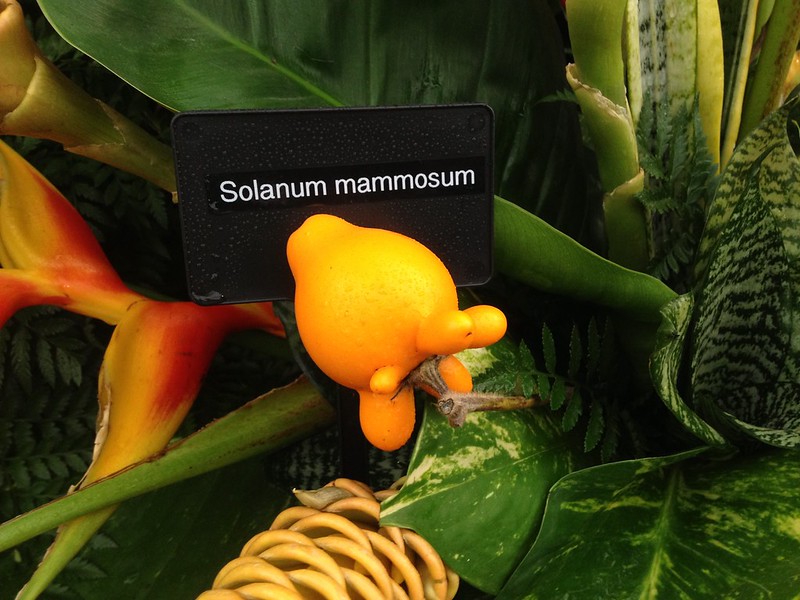 |
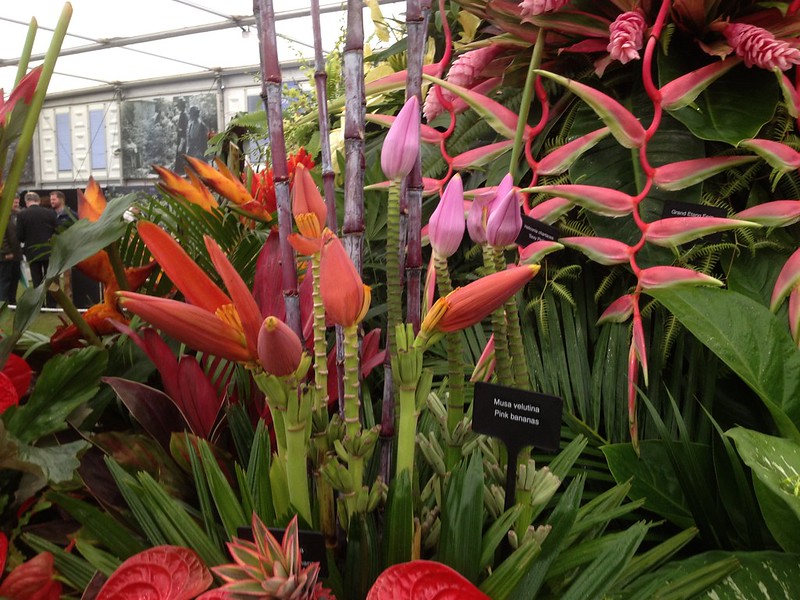 |
| Solanum mammosum | Musa velutina |
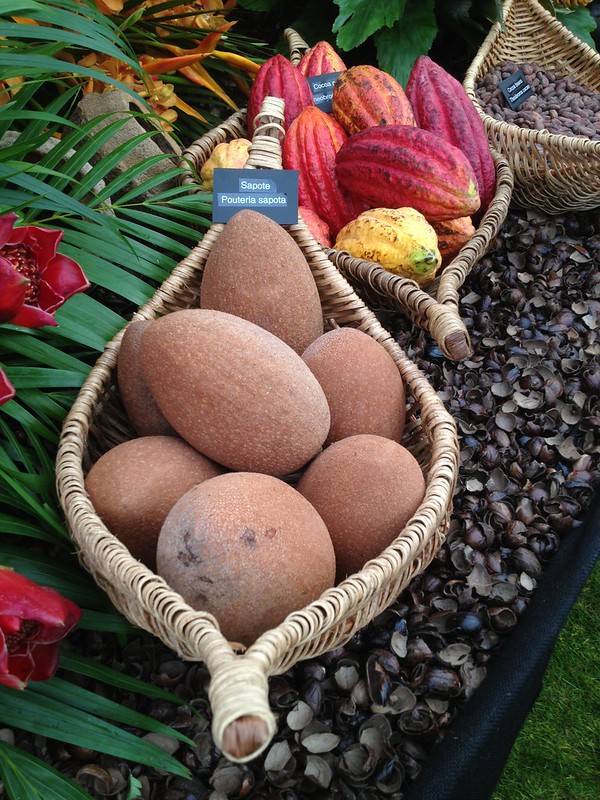 | 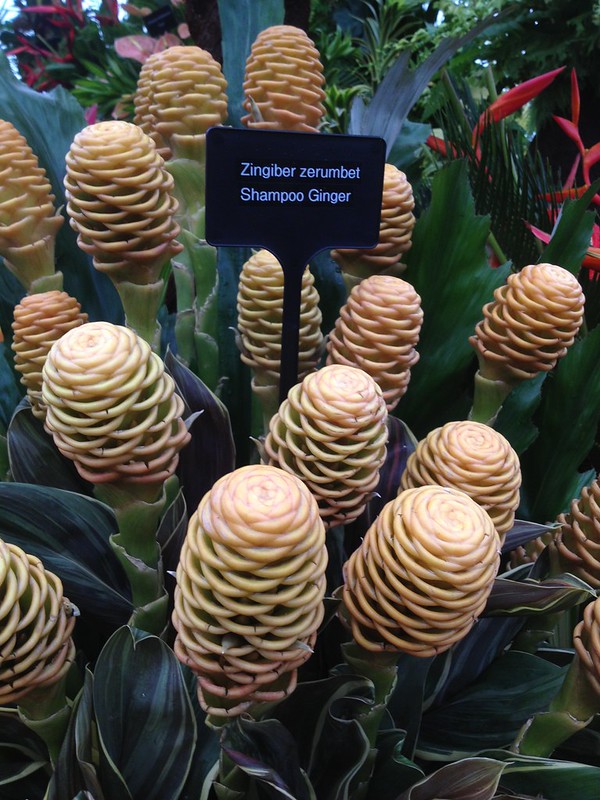 |
| Pouteria sapota and Theobroma cacao | Zingiber zerumbet |
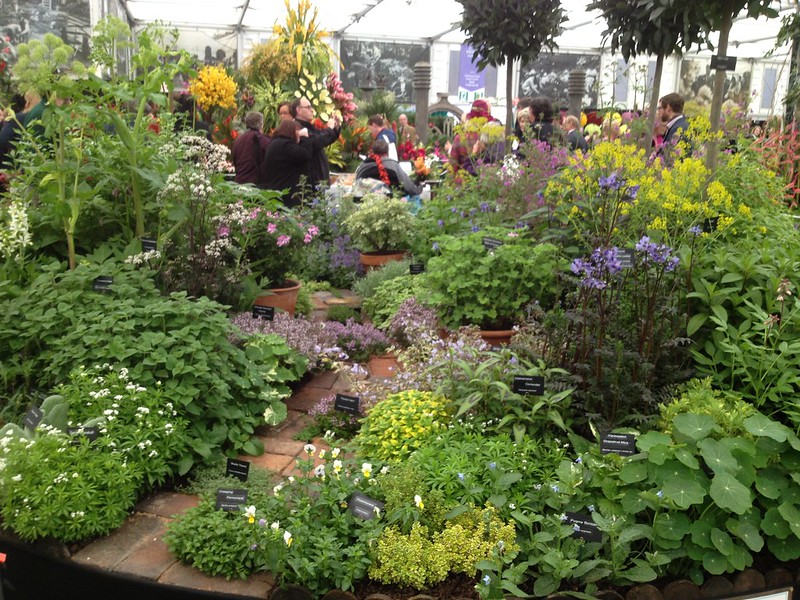 |
| Herbs exhibit |
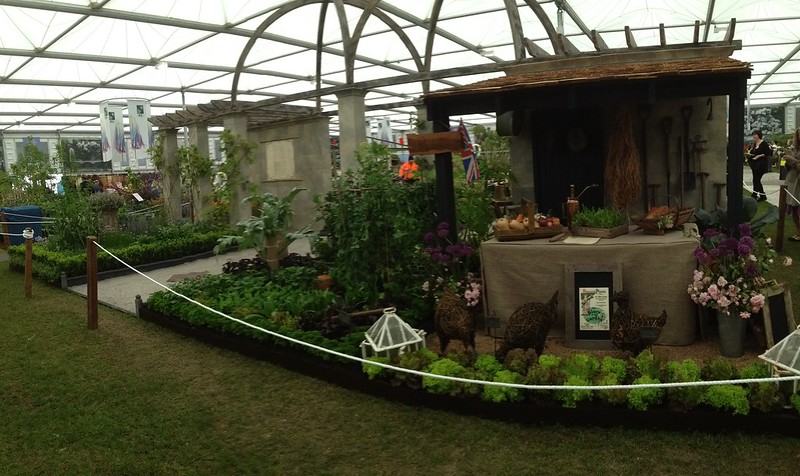 |
| Pennard Plants stand |
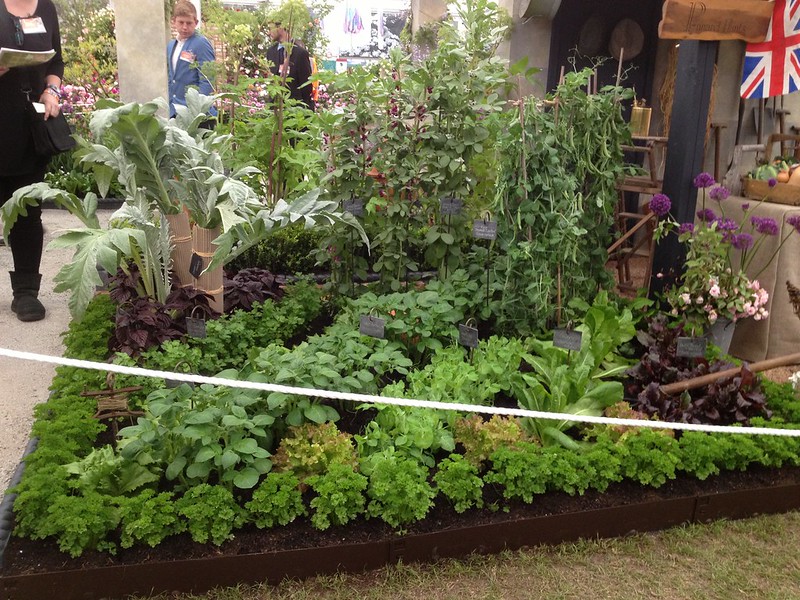 |
| Detail of vegetables at Pennard's |
To conclude I will mention the rather glorious exhibit by Pennard Plants, inspired by a R. Kipling's poem "The Glory of the Garden" in its 150th anniversary, with stunning vegetables.
P.S.: Glad to say the potatoes I helped being judged got a gold medal, the first of its kind! Grenada and Pennard Plants were also gold medallists.
